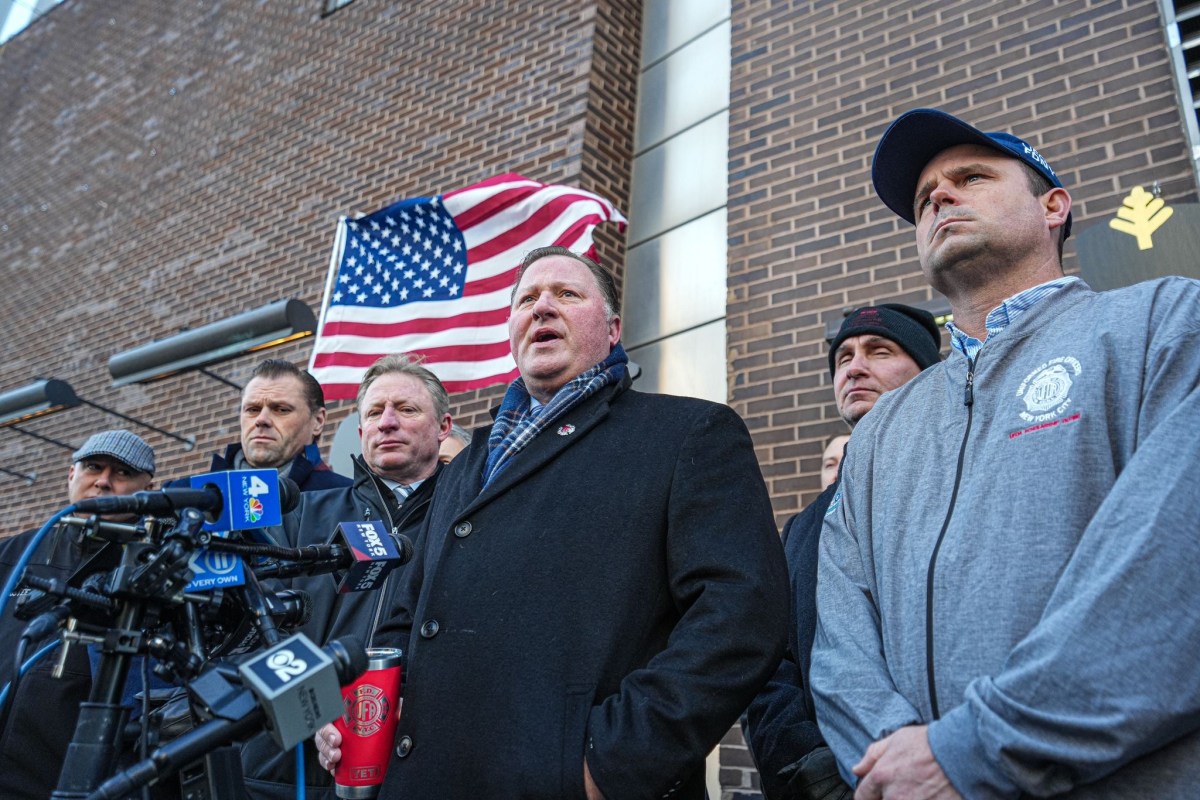By Lucia Mutikani
WASHINGTON (Reuters) – U.S. job growth likely slowed in February, but the pace probably remained consistent with a healthy labor market despite the coronavirus outbreak, which stoked financial market fears of a recession and prompted an emergency interest rate cut from the Federal Reserve.
Though the Labor Department’s closely watched monthly employment report on Friday will not fully capture the impact of the coronavirus, which spread in the United States beginning in late February, there are so far no signs that the epidemic has hurt the labor market. Layoffs remain low and small businesses and services sector industries continue to hire at a solid clip.
The Fed on Tuesday slashed its benchmark overnight interest rate by a half percentage point to a target range of 1.00% to 1.25%, in the U.S. central bank’s first emergency rate cut since 2008 at the height of the financial crisis.
Fed Chair Jerome Powell acknowledged the economy’s strong fundamentals, but said “the coronavirus poses evolving risks to economic activity.”
“The job market is the firewall for the economy,” said Ryan Sweet, a senior economist at Moody’s Analytics in West Chester, Pennsylvania. “If we are going to get through this and avoid a recession, the job market can’t show any significant cracks. So far the signs are encouraging.”
According to a Reuters poll of economists, the government’s survey of establishments will probably show nonfarm payrolls increased by 175,000 jobs in February. While that would be a step-down from the 225,000 jobs added in January, the anticipated gains would match the monthly average employment growth in 2019.
The economy needs to create roughly 100,000 jobs per month to keep up with growth in the working-age population. Job growth in January was boosted by unseasonably mild weather, which drove hiring in construction, leisure and hospitality industries. Temperatures were less warm in February.
The government canvassed business in mid-February. At least 11 people have died in the United States from the respiratory disease called COVID-19 caused by the coronavirus and more than 100 have been infected. The deaths and rise in infections were recorded starting the final week of February. Overall, the fast-spreading disease has killed more than 3,000 people and sickened nearly 100,000, mostly in China.
Transportation payrolls could show some impact from the coronavirus in February because of travel restrictions which were enforced by some authorities to curb the spread of the illness. A reduction in employment at ports is also likely amid reports of declines in shipping container volumes.
That could, however, be offset by increased government hiring for the 2020 Census.
Economists believe employers are most likely to cut hours for workers initially and proceed to layoffs if the epidemic persists beyond the second half of this year and into 2021. So far, weekly applications for unemployment benefits, the most timely labor market indicator, were trending low in early March.
Global outplacement firm Challenger, Gray & Christmas on Thursday reported a sharp drop in layoffs announced by U.S.-based companies in February and said the coronavirus outbreak “has not yet caused companies to cut positions.”
SLOWER JOB GROWTH AHEAD
Still the virus, which causes a flu-like illness, is expected to slow job growth in the coming months.
“We expect the impact on employment in coming months to be modest and focused on service sectors like leisure and hospitality and air transportation,” said Veronica Clark, an economist at Citigroup in New York. “There may also be weaker job creation in manufacturing should supply-chain issues or weaker external demand cause the sector to slow.”
The highly contagious virus has rattled investors, who have continued to dump risky assets such as stocks despite the Fed rate cut, in favor of safe-haven U.S. government bonds. The 10-year U.S. Treasury yield has dropped below 1%. Economists say fiscal stimulus is needed to cushion the economy against the disruptions from the coronavirus.
“Recession fears are a bit premature, a good portion of the economy is strong enough to absorb the first wave of hits,” said Joe Brusuelas, chief economist at RSM US in New York.
“What’s going to be critical is how fast the policy reaction function kicks in. The Fed is not well positioned to address this and financial markets realize that this is a real economy issue that demands fiscal attention and the White House is just not stepping up to the plate at this point.”
Labor market strength is likely to be reinforced by steady wage growth. Average hourly earnings are forecast rising 0.3% in February after gaining 0.2% in January. The annual increase in wages will, however, slip to 3.0% in February from 3.1% in January as last year’s large gain falls out of the calculation.
The jobless rate is expected to have held steady at 3.6% in February. It increased one-tenth of a percentage point in January as more people joined the labor force, in a sign of confidence in the job market.
Growth in construction payrolls is expected to have slowed in February after the industry added 44,000 jobs in January, the largest in a year. Further losses in manufacturing employment are anticipated after the sector shed 12,000 jobs in January.
Manufacturing has been beset by problems ranging from the U.S.-China trade war to Boeing’s Government payrolls are expected to have increased by 15,000 in February. According to data from the Census Bureau 20,209 temporary workers hired for the decennial population count received a salary during the nonfarm payrolls survey week. (Reporting by Lucia Mutikani; Editing by Andrea Ricci)





















